Discover 20 hidden attractions, cool sights, and unusual things to do in Saitama (Japan). Don't miss out on these must-see attractions: Railway Museum, Heirin-ji, and Hikawa Shrine. Also, be sure to include NACK5 Stadium Omiya in your itinerary.
Below, you can find the list of the most amazing places you should visit in Saitama (Saitama).
Table of Contents
Railway Museum
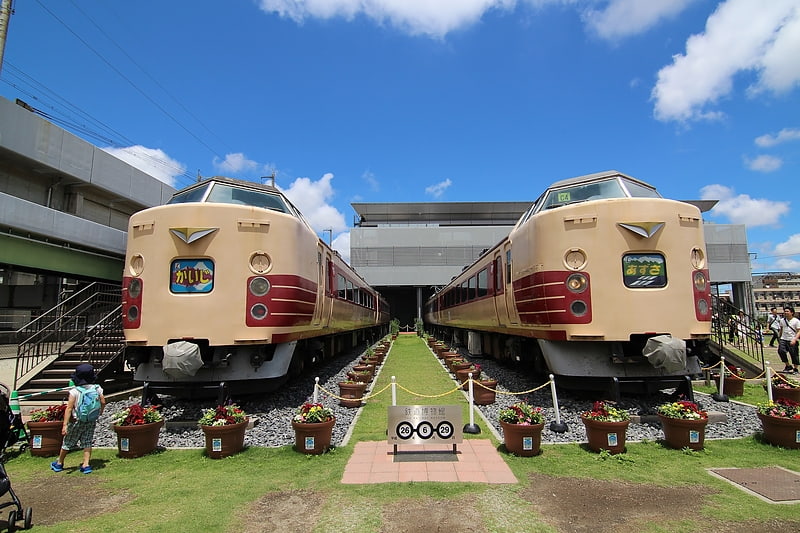
Also known as: 鉄道博物館
Educational exhibits on train history. The Railway Museum is a railway museum in Saitama, Saitama, Japan, which opened on 14 October 2007. It was built and is operated by the East Japan Railway Culture Foundation, a non-profit affiliate of the East Japan Railway Company. It consists of a 19,800 m² building on a site covering 42,500 m², with a display area 9,500 m² in size.
The museum features about 30 railway cars, train cab simulators, railway model dioramas, mini trains, storage for artifacts and books, video booths, a multi-purpose hall, a gallery balcony, a cafeteria, a museum shop, and a research room.[1]
Address: 3-47 Onaricho, 330-0852 Omiya
Heirin-ji
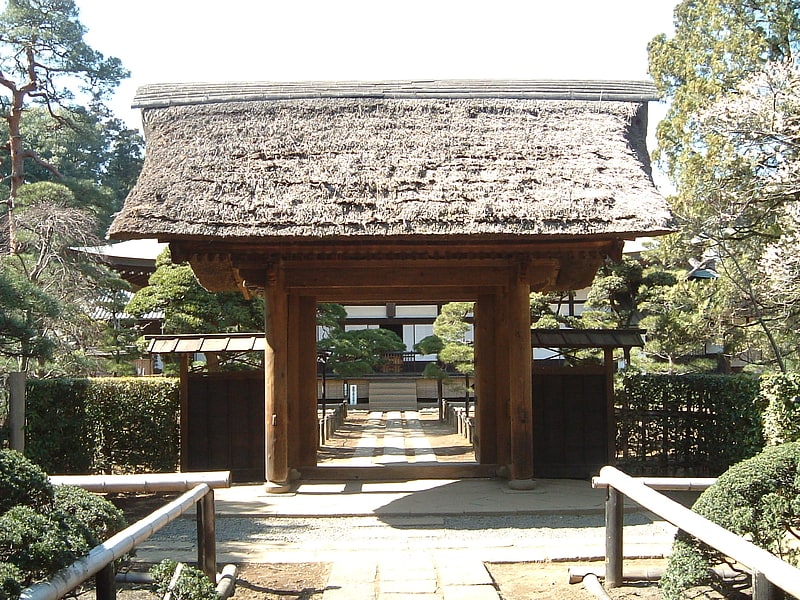
Also known as: 平林寺
Temple in Niiza, Japan. Heirin-ji is a Rinzai temple of the Myoshin-ji branch located in Niiza city, Saitama prefecture, Japan, a city just outside Tokyo.[2]
Address: 3-1-1 Nobitome, 352-0011 Niiza
Hikawa Shrine
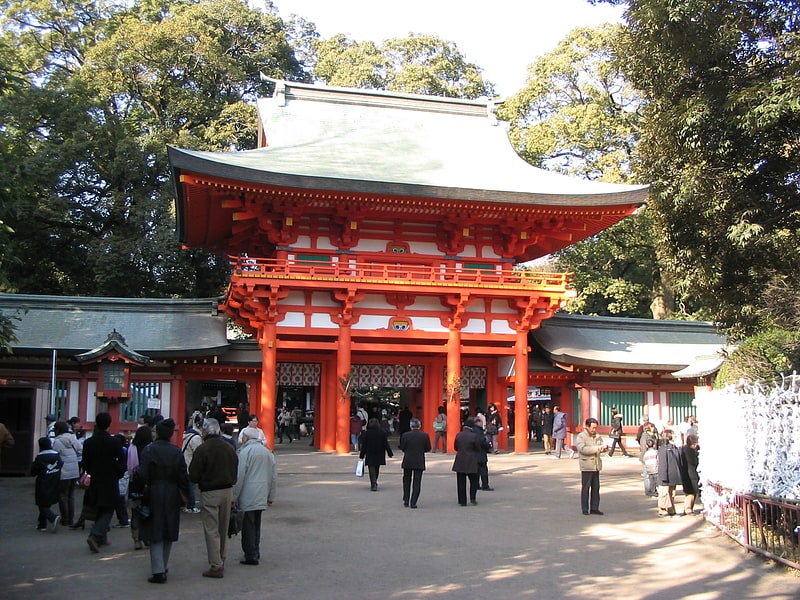
Also known as: 氷川神社
Ancient Shinto shrine on scenic parkland. Hikawa Shrine is a Shinto shrine located in Ōmiya-ku, Saitama, Saitama Prefecture, Japan. It is one of the two shrines claiming the title of ichinomiya of former Musashi Province. The main festival of the shrine is held annually on August 1. The district of Omiya, literally "Great Shrine", derives from the special favor shown by Emperor Meiji, who raised Hikawa above all other shrines in the Kantō region. It is the head of a network of approximately 280 Hikawa shrines mostly around the Kantō region.[3]
Address: 1-407 Takahanacho, 330-0803 Omiya
NACK5 Stadium Omiya
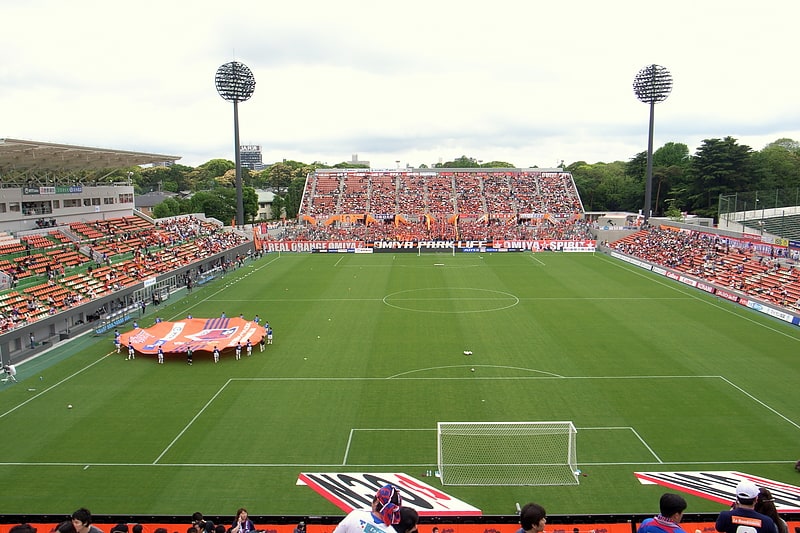
Also known as: さいたま市大宮公園サッカー場
Stadium in Saitama, Japan. NACK5 Stadium Omiya is a football stadium located in Ōmiya-ku, Saitama city, Saitama Prefecture, Japan. It is the home stadium of J2 League club Omiya Ardija.
It was formerly known as Omiya Football Stadium. Since 14 May 2007 it has been called NACK5 Stadium Omiya (ナックファイブスタジアム大宮, Nakku-faibu Sutajiamu Ōmiya) for the naming rights.[4]
Address: 4 Takahanacho Omiya-ku, 330-0803 Saitama
Omiya Park
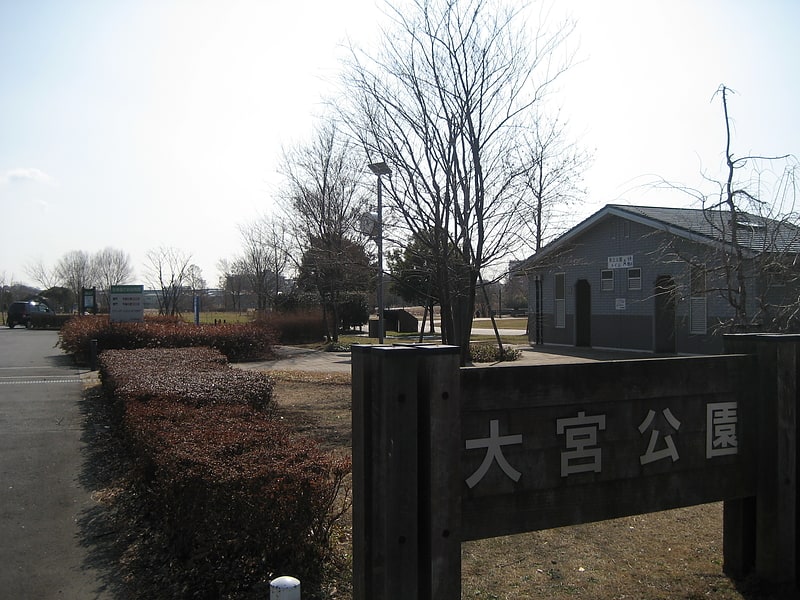
Also known as: 大宮公園
Large wooded park with cherry blossoms. Ōmiya Park is a public park located 1 km northeast of Ōmiya Station and the most visited park in Saitama. The park encompasses a huge area of 67.9ha and is famous for Japanese Red Pine forest and cherry blossoms. In particular, the park ranks in the Top 100 Locations in Japan for Cherry Blossoms.
The Ōmiya Baseball Stadium was the first stadium to hold NPB's postseason game other than original homegrounds.[5]
Address: 4 Takahanacho, Omiyaku, 330-0803 Saitama
Akatsuka Park
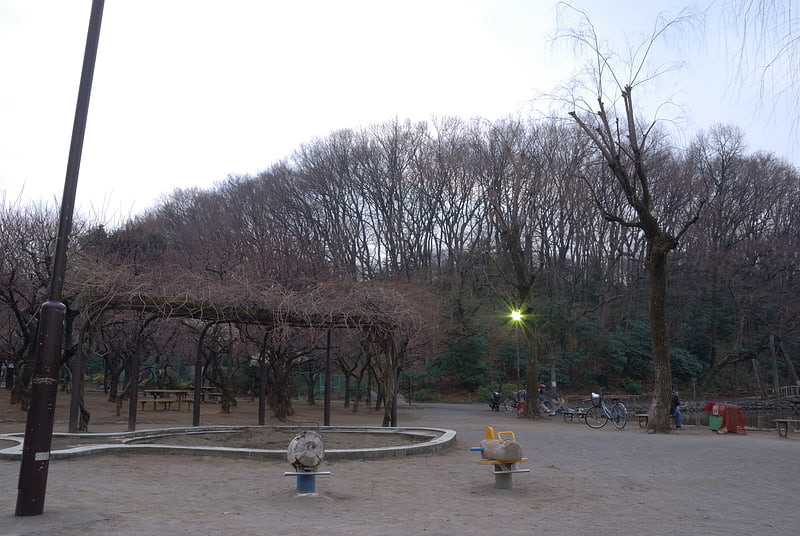
Park in the special wards of Tokyo, Japan. Akatsuka Park is a public park in Itabashi Ward, Tokyo, Japan. The ruins of Akatsuka Castle can be found at the west end of the park.[6]
Ōmiya Bonsai Village

Also known as: 大宮盆栽村
Tourist attraction in Saitama, Japan. Ōmiya Bonsai Village is the nickname for the bonsai nursery precinct in Bonsai-chō, Kita-ku, Saitama, Japan.
Bonsai Village is located near Ōmiya-kōen Station on the Tobu Noda Line. It is closed on every Thursday (unless the Thursday falls on a national holiday).[7]
Address: 2丁目-24-3 Torochō, Kita-ku, Saitama-shi, 331-0804 Saitama
Mizuko Shell Mound
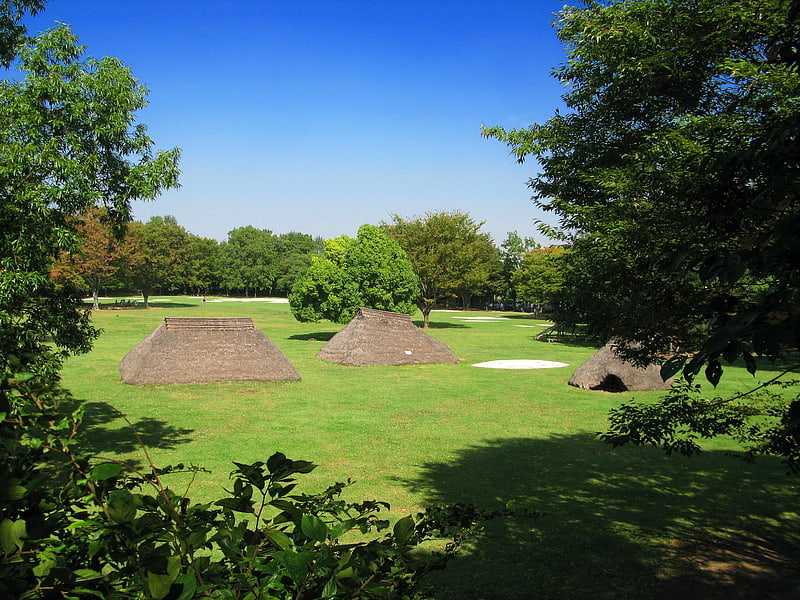
The Mizuko Shell Midden is an archaeological site in the Mizuko neighborhood of the city of Fujimi, Saitama Prefecture, in the Kantō region of Japan containing am early Jōmon period shell midden and settlement ruin. The site was designated a National Historic Site of Japan in 1969.[8]
Saitama Prefectural Museum of History and Folklore
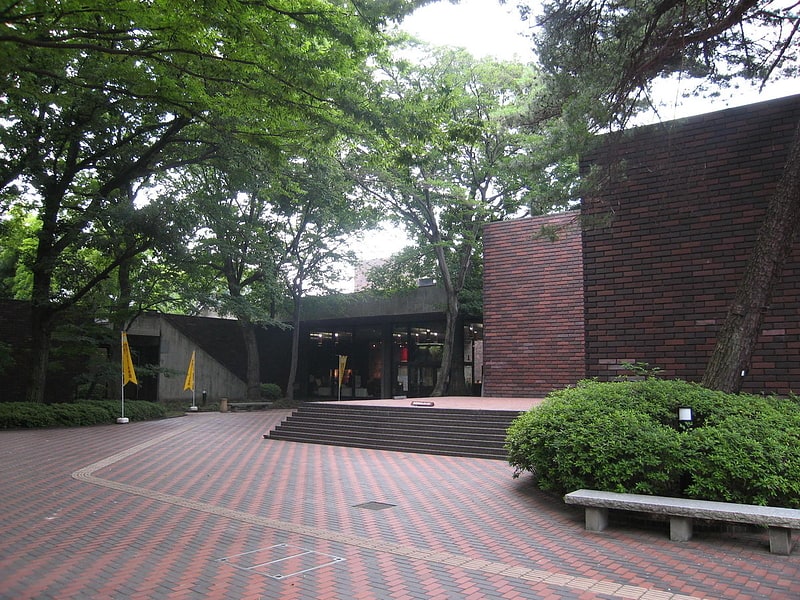
Also known as: 埼玉県立歴史と民俗の博物館
Local art, history and folklore museum. Saitama Prefectural Museum of History and Folklore is a prefectural museum in Saitama, Japan, dedicated to the history and folklore of Saitama Prefecture. The museum opened in 1971.[9]
Address: Saitama, 4-219 Takahana-chō, Ōmiya-ku
Ōmiya-ku
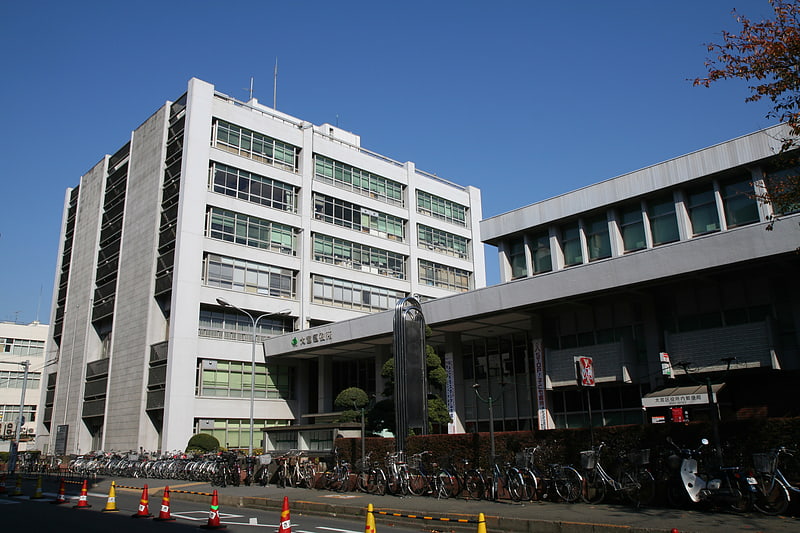
Ōmiya is one of ten wards of the city of Saitama, in Saitama Prefecture, Japan, and is located in the northeastern part of the city. As of 1 March 2021, the ward had an estimated population of 119,298 and a population density of 9,300 persons per km². Its total area was 12.80 square kilometres. Although Urawa-ku is the governmental center of Saitama City, Ōmiya-ku is the most active commercial and business centre in both Saitama City and Saitama Prefecture thanks to its transport infrastructure, especially railways connected at Ōmiya Station.[10]
St. Theresa of the Child Jesus Cathedral

Catholic cathedral in Saitama, Japan. The Cathedral of St. Theresa of the Child Jesus, also called the Urawa Church, is a parish of the Roman Catholic Church in Urawa, Saitama prefecture, Japan. It is seat of the bishop of the Roman Catholic Diocese of Saitama.
Founded in 1940, it is dedicated to Saint Thérèse of Lisieux, a French Discalced Carmelite canonized in 1925 and proclaimed a Doctor of the Church in 1997 by Pope John Paul II. It was elevated to cathedral status in 1957 upon the erection of the Diocese of Saitama, by the papal bull "Qui superna Dei" of Pope Pius XII.[11]
Sakitama Bridge

Cable-stayed bridge in Toda, Japan. The Sakitama Bridge is a road bridge on Japan National Route 298 and the Tokyo Gaikan Expressway that spans the Arakawa/Shingashi River and the Arakawa Adjustment Pond between Bijogi, Toda and Niikura, Wakō in Saitama Prefecture. It is also known as Kotamabashi.[12]
Kawaguchi Green Center
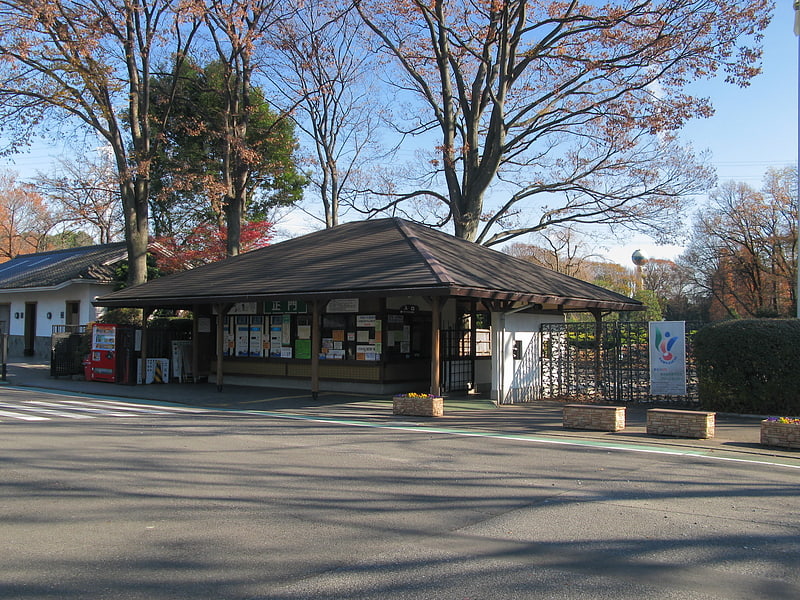
Also known as: 川口市立グリーンセンター
City park in Kawaguchi, Japan. The Kawaguchi Green Center, sometimes also called the Botanical Garden of Kawaguchi-City, is a city park and botanical garden located at Araijuku 700, Kawaguchi, Saitama, Japan. Admission is 300 yen for adults and 100 yen for children.
The garden was established in 1967, and contains fountains, plum trees, and topiary pieces, as well as greenhouses with collections including banana, bougainvillea, lotus (Nymphaea), orchids, and succulent plants.[13]
Address: 700 Araijuku, 333-0826 Kawaguchi
Akigase Park
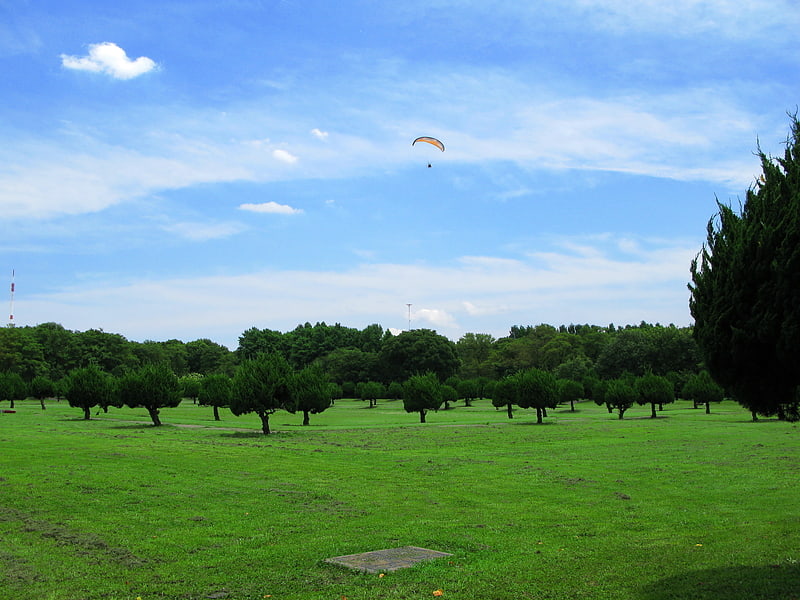
Also known as: 秋ヶ瀬公園
Playground in Saitama, Japan. Akigase Park is a park in Japan that occupies a section of flood plain of the Arakawa River, which is located at the western edge of Saitama City. The park covers an area of 100.1ha on the eastern side of the river between its northern boundary, 3 km north of the Akigase Bridge, and the southern boundary, the Hanekura Bridge.
In 1971, former Urawa City established the park as a measure to manage the rising issue of insufficient park availability stemmed from rapid urban expansion. Baseball fields, soccer fields, and tennis courts, along with patches of pristine forest make up its grounds.[14]
Address: 4-17 Dojo, Sakura-ku, Saitama
Kawaguchi
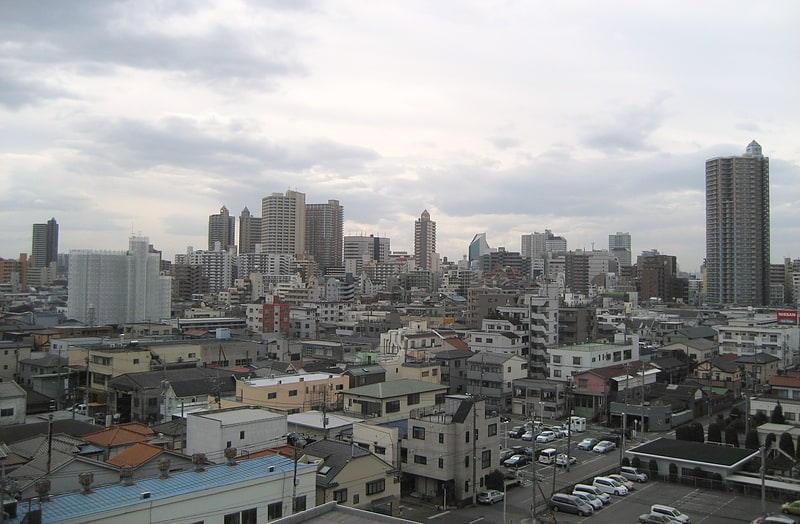
Also known as: 川口市
City in Japan. Kawaguchi is a city located in Saitama Prefecture, Japan. As of 1 January 2021, the city had an estimated population of 607,373 in 293,582 households and a population density of 9800 persons per km². The total area of the city is 61.95 square kilometres. It is the Greater Tokyo Area's 8th most populated city, and second largest in Saitama Prefecture.[15]
Aritaki Arboretum
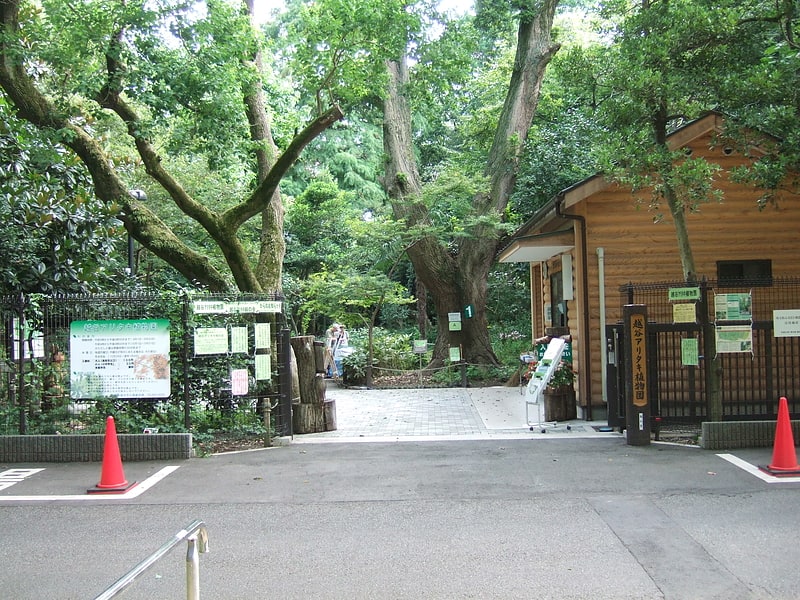
Also known as: 越谷アリタキ植物園
The Aritaki Arboretum is a private arboretum located at 2566 Koshigaya, Koshigaya, Saitama, Japan. Its curator, Tadahiko Aritaki, traveled and collected plants throughout Asia.[16]
Address: 2563-1 Koshigaya, 343-0024 Koshigaya
Ageo
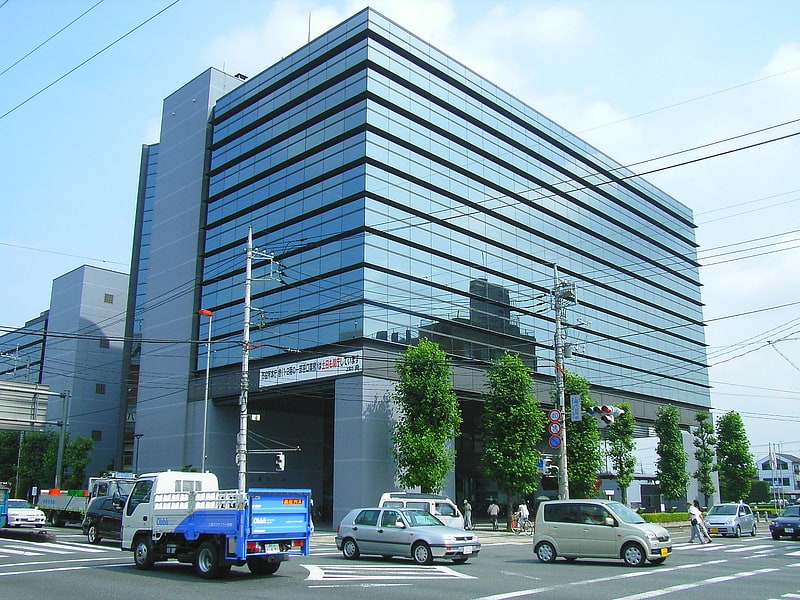
Also known as: 上尾市
City in Japan. Ageo is a city located in Saitama Prefecture, Japan. As of 1 January 2021, the city had an estimated population of 229,517 in 103,709 households and a population density of 5000 persons per km². The total area of the city is 45.51 square kilometres.[17]
Koshigaya
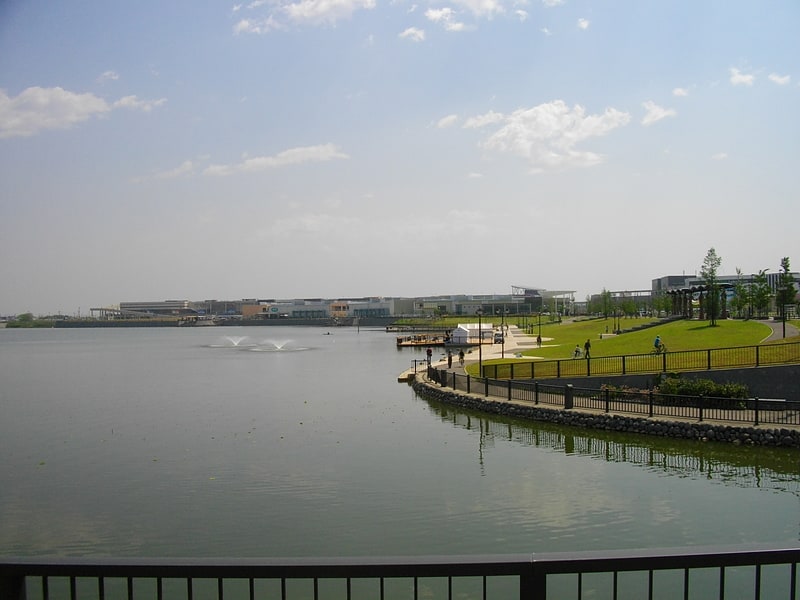
Also known as: 越谷市
City in Japan. Koshigaya is a city located in Saitama Prefecture, Japan. As of 1 January 2021, the city had an estimated population of 345,353 in 158,022 households and a population density of 5700 persons per km². The total area of the city is 60.24 square kilometres. It is famous for producing daruma dolls.[18]
Warabi
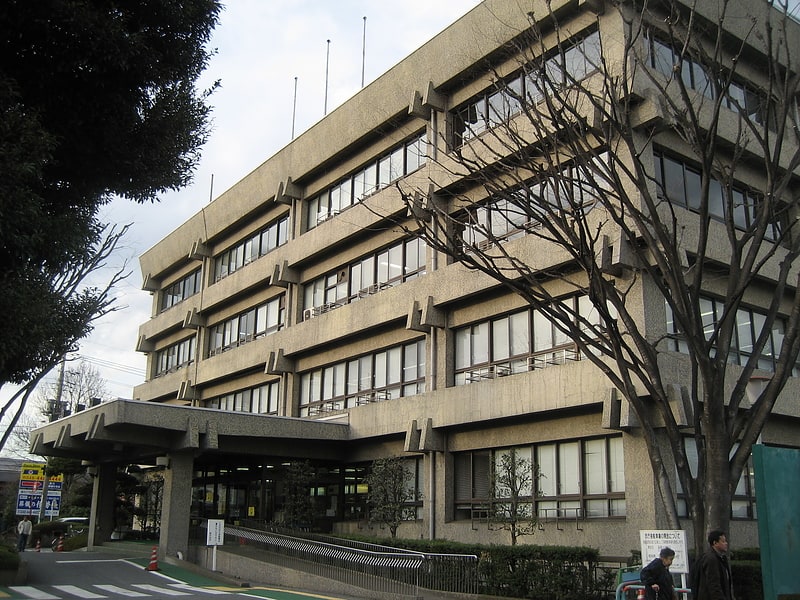
Also known as: 蕨市
City in Japan. Warabi is a city located in Saitama Prefecture, Japan. As of 1 January 2021, the city had an estimated population of 75,697 in 39,563 households and a population density of 15,000 persons per km². The total area of the city is 5.11 square kilometres. Warabi has the smallest area of any municipality in Japan, and highest population density outside of the special wards of Tokyo.[19]
Toda

Also known as: 戸田市
City in Japan. Toda is a city located in Saitama Prefecture, Japan. As of 1 February 2021, the city had an estimated population of 140,902 in 66,765 households and a population density of 7700 persons per km². The total area of the city is 18.19 square kilometres.[20]